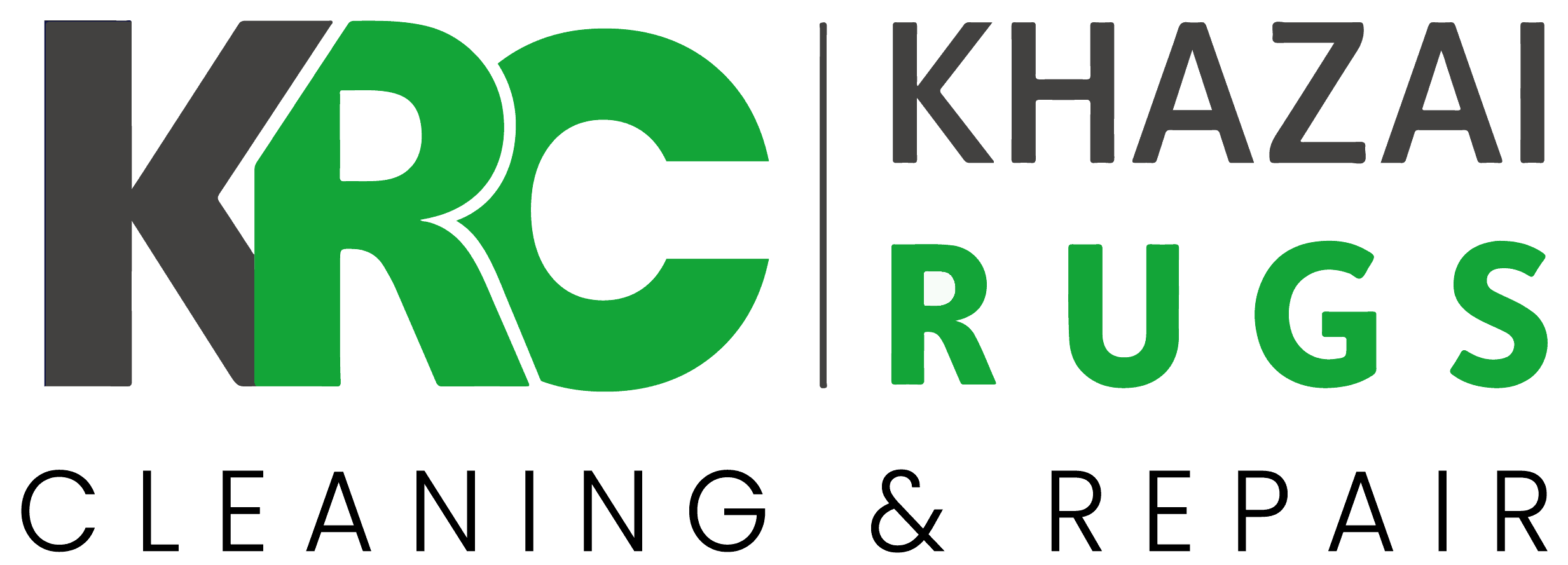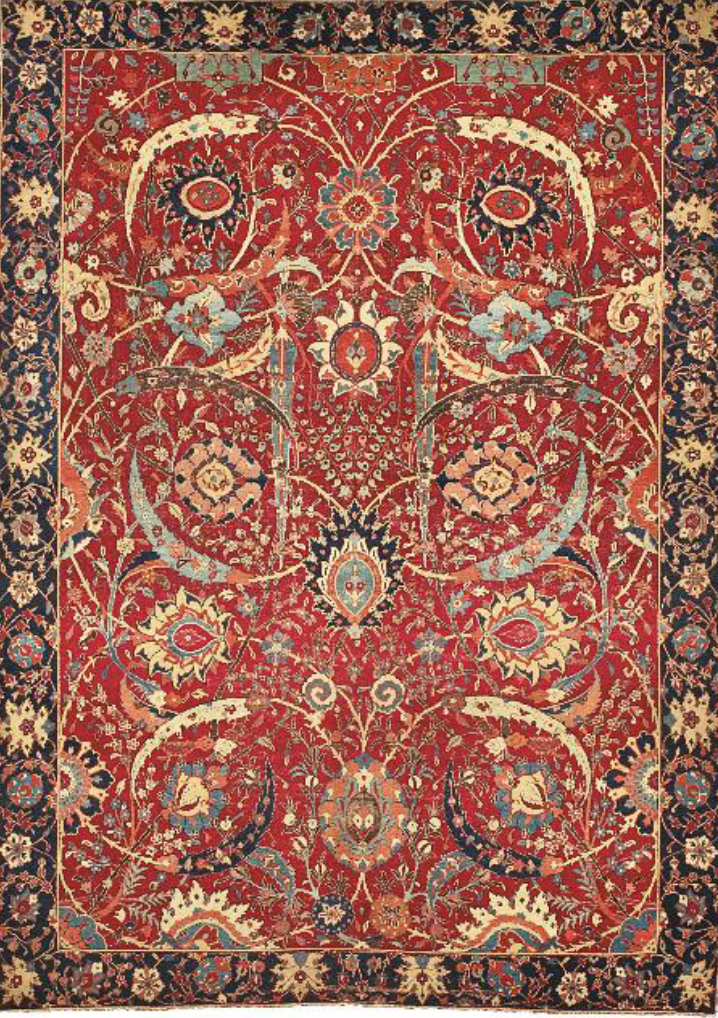RUGS 101: Area Rugs
Area Rugs, In this article, we are going to inform you about the rugs comprehensively.
Before spending some serious coin on an Oriental Rug for your home or business, knowing your options is crucial to protect your investment. You don’t want to overpay for a machine-made rug sold as a “hand-tufted” rug, and we certainly don’t recommend polypropylene rugs.
You should consider many details while purchasing or cleaning a rug.
What Are 3 Types of Rugs?
1. Machine-Made Rugs
Despite the similarities, machine-made rugs have in terms of pattern and style, they are not comparable to hand-made rugs due to the lack of quality because they are mass-produced. Like most mass-produced home furnishings, machine-made rugs are not generally considered to be works of art.
The fringe is the flag holder of the machine-made rugs. If they are stitched onto the rug then it is definitely not hand-made. This is done deliberately to make it look and appear hand-made when it isn’t, kind of like a knockoff watch or handbag.
2. Hand-Tufted Rugs
The term “hand-tufted” is somewhat misleadingly named. A tufted rug is in no way a hand-made rug. A mechanized “gun” is used, by hand, to shoot pieces of wool through a canvas backing which has a pattern sketched onto it. A petroleum-based rubber backing is then placed over the back of the rug to keep the unsecured strands of yarn from falling out. These rugs are easy to spot when you turn them over. No hand-made rug will have any sort of backing on it, rubber or otherwise.
3. HAND-WOVEN OR HAND-KNOTTED RUGS
The designations “hand-woven” and “hand-knotted” are reserved for rugs that are made entirely by hand. In both types of rugs, a set of vertical strings, or “warp” is attached to a loom. Then wool is either
woven through the warp strings, or hand-knotted onto the warp strings, to form the “weft” of the rug. Machines are not used at any point in the process. One way to tell a handmade rug from machine-made pieces is to examine the fringes along the edge of the rug. For handmade rugs, the “fringe” is actually the warp strings, and is an integral part of the rug rather than an applied ornamentation.
THE WEAVING PROCESS
The best hand-made rugs are designed and woven by adult weavers who have been practicing for generations. These men and women are considered true artists, well paid for their craft, and publicly-acknowledged for their skill. Interestingly, their identities are rarely revealed outside their own circle of friends and other rug makers. Oriental rugs are typically the product of the work of three groups: the designers who fashion the patterns, the dyers who create the color palette, and the weavers, who bring that design to life.
What Materials Are Used in Rugs?
Oriental rugs, like most works of art, are crafted from the highest quality materials. This means the highest grade wools & silks are required. Fine quality wool should have a certain luster or sheen, but not shine like polypropylene or plastic fibers. To complicate things more, it’s commonplace in today’s market to see poor quality wools blended with petroleum-based artificial materials. These is to be avoided if possible, as bad wools will become brittle and eventually crumble, and petroleum-based materials can sometimes take on an odd smell, especially when placed on heated floors. Another way to recognize substandard wool is to watch for shedding.
A small amount of shedding is to be expected from a natural fiber, but profuse amounts of shedding on a short-pile rug indicates a problem. The most common culprit in excessive shedding is the use of “dead wool”; (e.g. not shorn from live animals, but rather soaked off the hide of deceased animals using chemicals). In addition, dead wool isn’t made up of the long strands most hand-made rugs use, so it bears none of the hallmark traits of beauty and longevity of the long-coat wools shorn from live sheep. In general, the best quality wools are also hand-spun. This is easily detected in flat-weave rugs due to a “knobby” texture to the weaving, but is harder to recognize in hand-knotted rugs. Machine-spun wools are also perfectly acceptable; they are just not as highly prized and therefore a rug made with machine-spun wools should be less expensive than one rendered in hand-spun materials and therefore not retain their value as such.
What Are the Types of Dyes in the Rug?

There are three main classifications of wools used in rug production: Chemically-dyed, Vegetal-dyed, and Natural (or no-dye) wools. Natural or vegetal-dyed wools are much more preferable than wools dyed with chemical substances. Less than 20% of the rugs made in the world today were constructed using vegetal dyes. Why, you may ask? Plant-based dyes require a skill level that takes many years to master. Thus, vegetal-dye pieces are far more costly than their chemically-dyed counterparts.
Some dealers will state all their rugs are vegetal-dyed to justify inflated prices, but the reality is very few rugs are actually crafted using vegetal dyes. As we’ve stated before in another blog entry, when it comes to oriental rug cleaning, we absolutely insist rugs that are constructed with either natural or vegetal dyes not be cleaned using steam cleaners or with abrasive chemicals, as those colors will potentially bleed or fade over time.
KNOT COUNT
The easiest to spot (yet most deceptive) of all rug quality indicators is the KPI, or “knots per square inch.” KPI is calculated by multiplying the horizontal knot count times the vertical knot count in a one-inch area of the carpet. Rugs are often classified according to knot-count as ranging from “coarse” to “super fine.” This is a helpful measurement in terms of evaluating the work that went into creating the pile on a rug. Please be aware, however, that this is but one of many criteria that are used to “grade” a rug, and therefore KPI must be used with due caution.
It is easy to get so caught up in counting the quantity of knots on the back of the rug, or with terms like “super fine,” that one fails to properly take into account the front of the rug. Also, keep in mind a large number of knots is not a catch-all signifier of quality, similar to grading bedsheets by thread count only.
SYMMETRY
SYMMETRY IN SIZE
Is the rug symmetrical? Or is one side markedly longer than the other? While slight deviations in symmetry are to be expected, large variations in size indicates the work of a novice weaver.
SYMMETRY IN IMAGE
Compare the back of the rug to the front. Does it look the same or are the colors or the patterns difficult to discern from the back? A good weaver’s “picture” will remain the same, and in the work of a truly gifted weaver, there will be so little difference, you could even flip the rug over and hardly anybody would notice.
SYMMETRY IN KNOT CONSTRUCTION
Does the back of the rug feel smooth to the touch or can you feel small bumps when you rub your hand over it? Are the fringe ends of the rug smooth, or do they pucker? Is the surface visually smooth, or can you see numerous visible breaks in the base structure of the rug? A good weaver’s knots will be smooth with very few bumps or bulges. Does the edge of the rug generally lie flat when placed on the ground or do the edges roll under or up? Good quality weaving should lay flat, without rolling or curling along the edges.
ORIENTAL RUG CLEANING & MAINTENANCE
Our passion for premium quality Oriental Rugs is infectious. When we take the time to assist a customer with the purchase of an Orienatl Rug and during the appraisal of their rug(s) during our oriental rug cleaning or trade-in process, we see a remarkable engagement from people eager to learn more about the rug(s) they want or already own. That’s why when we clean rugs, we do so with the utmost care and concern. When we pick up your rug(s) for cleaning, we carefully move your furniture, vacuum over, around, and under your rug so we don’t spread surface dust all over your home, and then place the newly-cleaned rug exactly where we found it. That’s what care, commitment, and overall great service look like, and we hope you get to experience all three first-hand.
WE’RE HERE TO HELP ANY WAY WE CAN. WITH 5 GENERATIONS OF EXPERIENCE, WE ARE THE RUG EXPERTS!
Washington, DC: 14700 Flint Lee Rd Unite E, 2nd Floor, Chantilly, VA 20151, United States / (202)774-9787
For questions regarding oriental rug cleaning, repair/restoration, or your next purchase, give us a call !



